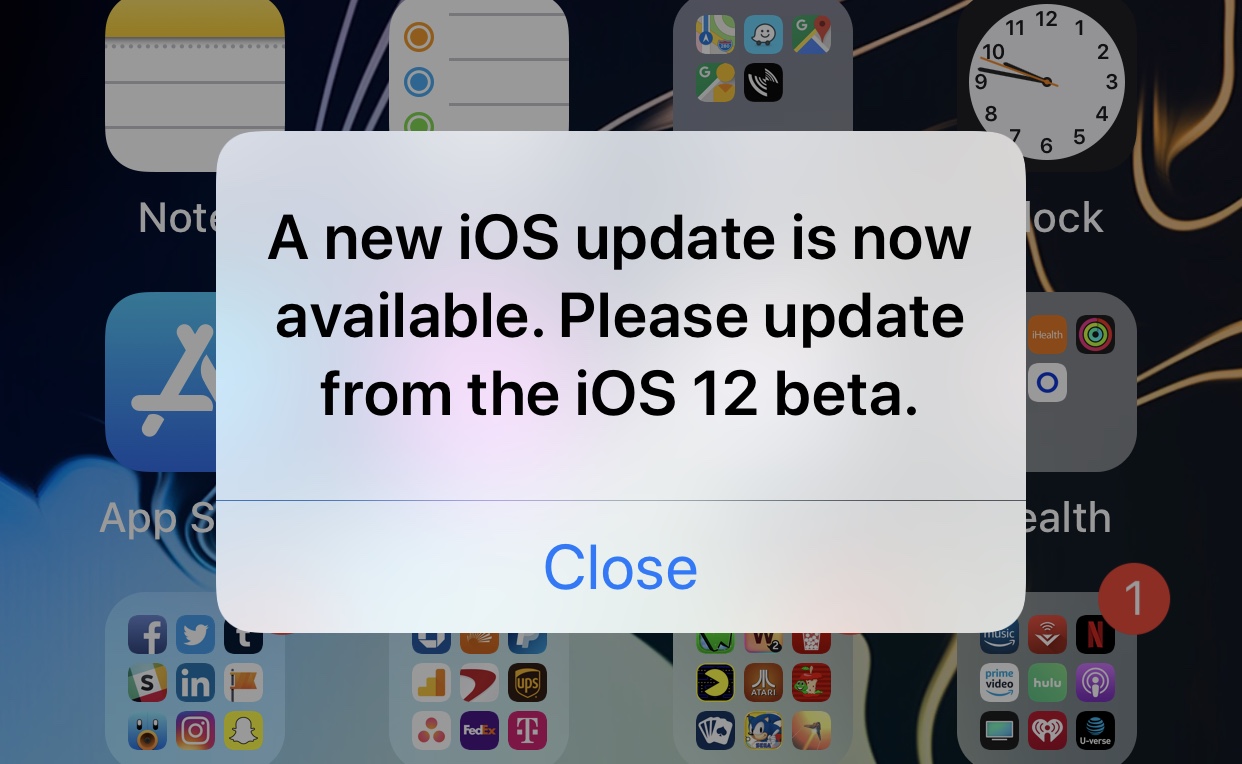

- #Amazon popup message ios 1blocker full
- #Amazon popup message ios 1blocker android
- #Amazon popup message ios 1blocker free
- #Amazon popup message ios 1blocker windows
For example PopUpOff for Chrome and Edge does a good job of blocking overlays, but it also prevents things you want to see, including navigation menus on some sites. Most of the ones I’ve tried have undesirable side effects, or simply don’t work. Most content blockers don’t stop overlays, unfortunately, and a separate extension is required to block them.

They’re also employed to complain that you have a content blocker installed, and to request that you disable it for that site. They also are used as rudimentary paywalls, blocking your view of content unless you pay a subscription fee. These first cousins to popup ads create an image overlay on top of a web page, and are most often used to push newsletters, subscriptions and other products from a particular site. One of the most annoying web obstacles are overlays. Still, you can always toggle reader view off to see what you’re missing. Microsoft Edge's Immersive Reader feature lets you focus on the text, but can strip out desirable things - like the author's byline. FORBES SCREENSHOT Microsoft Edge's Immersive Reader feature lets you focus on the text, but can strip out desirable. On Forbes’ site, for example, Edge’s Immersive Reader view strips out the dateline, byline and other useful information, as you can see on this Barry Collins story. Clicking it presents a highly readable view that’s pretty smart about providing both text and images of value.
#Amazon popup message ios 1blocker windows
I primarily use Microsoft Edge on both Macs and Windows PCs, and it puts an icon that looks like an open book in the URL field when a page works with reader view. This Chrome extension does a decent job of mimicking the Reader View in Firefox. While Chrome doesn’t have this built-in, there are several extensions that provide it, though I’ve found that many of them don’t work as well as built-in ones.
#Amazon popup message ios 1blocker full
In some instances, the feature can reveal full stories that show only a stub as part of a paywall. Typically, these features increase the font size and tweak the background color of the page to improve readability. Some of them are already built into your web browser.Ī feature found in Apple’s Safari (both desktop and mobile), Microsoft’s and Mozilla’s Firefox browsers provide a “reader view” that presents text without background images, ads, video players, sharing buttons, etc. There are other ways to view content without ads or other distractions without installing a content blocker. And The Wirecutter at the New York Times has a roundup of content blockers for those whose main concern is privacy.
#Amazon popup message ios 1blocker android
Tom’s Guide has a roundup of the best blockers for traditional computers iMore has a list of iOS blockers and Android Authority rounds them up for that platform. Both seem to be better about not interfering with a site’s desirable features than most. I use AdBlock on Microsoft Edge and Google Chrome browsers. If a site isn’t behaving the way you expect it to and you have a blocker installed, disable it for that site. Content blockers also block things you may want to see. If privacy is important to you, content blockers can help.īut they also can have big downsides. Many content blockers will also help prevent tracking by third-party cookies, and you can typically toggle this feature on an off.
#Amazon popup message ios 1blocker free
If you love a free site’s content, this is the best way to support it. For example, if you visit an ad-supported site regularly and its ads aren’t overbearing or intrusive, you can put its domain into what’s called a whitelist or allowlist – and indeed, this is the best use of it. But most also feature controls that let you customize what happens at specific sites. They allow you to block everything, which leaves sites you visit fairly ad-free. range between 27% to almost 43%.Ĭontent blockers are available as extensions for desktop web browsers as well as iOS and Android smartphones and tablets.


The use of ad blockers is growing, though the percentage of users who have them installed varies depends on who’s counting.


 0 kommentar(er)
0 kommentar(er)
